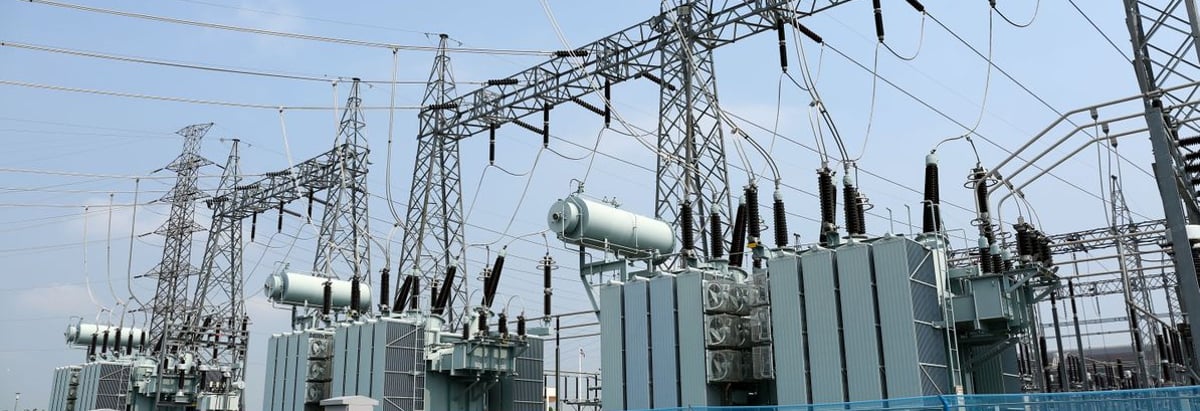Stock Analysis
- Italy
- /
- Other Utilities
- /
- BIT:ACE
Slowing Rates Of Return At ACEA (BIT:ACE) Leave Little Room For Excitement

If you're not sure where to start when looking for the next multi-bagger, there are a few key trends you should keep an eye out for. Amongst other things, we'll want to see two things; firstly, a growing return on capital employed (ROCE) and secondly, an expansion in the company's amount of capital employed. Basically this means that a company has profitable initiatives that it can continue to reinvest in, which is a trait of a compounding machine. Although, when we looked at ACEA (BIT:ACE), it didn't seem to tick all of these boxes.
Understanding Return On Capital Employed (ROCE)
Just to clarify if you're unsure, ROCE is a metric for evaluating how much pre-tax income (in percentage terms) a company earns on the capital invested in its business. The formula for this calculation on ACEA is:
Return on Capital Employed = Earnings Before Interest and Tax (EBIT) ÷ (Total Assets - Current Liabilities)
0.065 = €564m ÷ (€12b - €3.5b) (Based on the trailing twelve months to June 2024).
Thus, ACEA has an ROCE of 6.5%. On its own that's a low return on capital but it's in line with the industry's average returns of 6.4%.
See our latest analysis for ACEA
Above you can see how the current ROCE for ACEA compares to its prior returns on capital, but there's only so much you can tell from the past. If you'd like to see what analysts are forecasting going forward, you should check out our free analyst report for ACEA .
What The Trend Of ROCE Can Tell Us
The returns on capital haven't changed much for ACEA in recent years. The company has employed 46% more capital in the last five years, and the returns on that capital have remained stable at 6.5%. This poor ROCE doesn't inspire confidence right now, and with the increase in capital employed, it's evident that the business isn't deploying the funds into high return investments.
What We Can Learn From ACEA's ROCE
As we've seen above, ACEA's returns on capital haven't increased but it is reinvesting in the business. And with the stock having returned a mere 26% in the last five years to shareholders, you could argue that they're aware of these lackluster trends. So if you're looking for a multi-bagger, the underlying trends indicate you may have better chances elsewhere.
If you'd like to know about the risks facing ACEA, we've discovered 2 warning signs that you should be aware of.
While ACEA isn't earning the highest return, check out this free list of companies that are earning high returns on equity with solid balance sheets.
New: Manage All Your Stock Portfolios in One Place
We've created the ultimate portfolio companion for stock investors, and it's free.
• Connect an unlimited number of Portfolios and see your total in one currency
• Be alerted to new Warning Signs or Risks via email or mobile
• Track the Fair Value of your stocks
Have feedback on this article? Concerned about the content? Get in touch with us directly. Alternatively, email editorial-team (at) simplywallst.com.
This article by Simply Wall St is general in nature. We provide commentary based on historical data and analyst forecasts only using an unbiased methodology and our articles are not intended to be financial advice. It does not constitute a recommendation to buy or sell any stock, and does not take account of your objectives, or your financial situation. We aim to bring you long-term focused analysis driven by fundamental data. Note that our analysis may not factor in the latest price-sensitive company announcements or qualitative material. Simply Wall St has no position in any stocks mentioned.
About BIT:ACE
ACEA
Operates as a multi-utility company in Italy.


